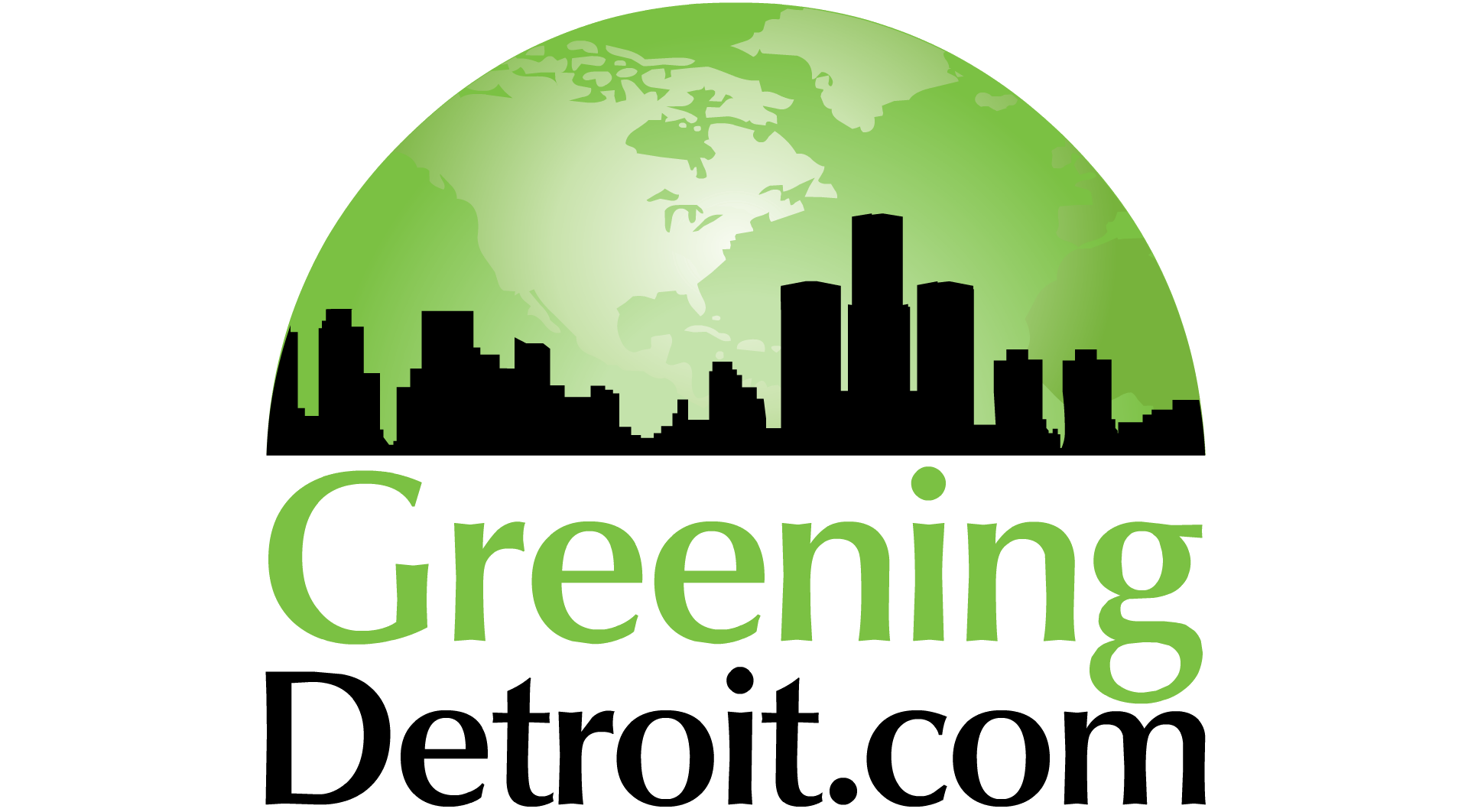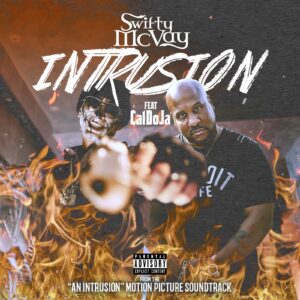 Airliner OEMs are reporting a quality control programme in the supply chain that has yielded significant savings. A new programme emerging from the nuclear sector aims to learn from this experience.
Airliner OEMs are reporting a quality control programme in the supply chain that has yielded significant savings. A new programme emerging from the nuclear sector aims to learn from this experience.
“International organisations issue guidance to member states and licensees but it is guidance and not mandatory. That’s the same for aerospace and nuclear. However, in aerospace there is far more consistency and cooperation between regulators and regulations,” explains Greg Kaser,senior project manager at the World Nuclear Association (WNA).
This, he indicates, meant an international quality control system satisfying regulatory requirements germinated in the 1980s. Known as Nadcap, it now provides a useful backbone to the international aerospace supply chain, bringing major efficiencies with it. Nuclear executives have drawn lessons from this consolidation of process quality control.
Similar to the nuclear sector today, aerospace quality control systems historically worked separately, according to Justin McCabe, research and development specialist at thePerformance Review Institute (PRI), the organisation running Nadcap. They were uncoordinated.
“Each OEM conducted their own audits at each of their critical manufacturing process suppliers and each supplier received critical manufacturing audits from each one of their customers. The perception was that each OEM had its own intellectual property for these critical manufacturing processes,” he says.
Something in common:
However, the situation changed in 1985. “During a government/industry Equal Partners Conference in the USA, there was a realisation that many of the special process requirements were common across industry and across international borders, and an agreement was reached to reduce the duplication of supplier audits,” says McCabe.
The outcome was Nadcap, the global cooperative accreditation programme for the industry. It focuses on the quality of the critical manufacturing processes to make the product.
In the nuclear energy sector, a similar standard is developing called NSQ-100. It is prompted by similar concerns about the proliferation of quality control systems. Kaser also indicates nuclear regulations are very demanding, because companies are obliged both to record faults and demonstrate corrective action.
“A supplier manufacturing, say, valve casings for a range of nuclear and other customers has to comply on the shop floor with several different national quality assurance regulations for each customer. This creates inefficiencies in time and cost,” he says.
NSQ-100 will be the standard nuclear suppliers use to adopt this international programme. “Industry is aiming to develop one single quality assurance programme that takes account of everything required by national assurance regulations and good practice,” he says.
One main objective as work on the standard progresses is to reduce any extra burden on companies already certified with ISO 9001, the global quality management standard.
“The new standard NSQ-100 is telling companies what extra measures they have to do beyond ISO 9001, such as reporting defects and the corrective action taken. It builds on ISO 9001 and is therefore not about adopting a whole new management system but making some important tweaks,” says Kaser.
International standards:
Work still needs to be done on the standard, but progress is being made. “Companies such as Mitsubishi and Areva are talking through the adoption of this standard. There is a little more work to be done on it, however,” he adds.
Areva, he notes, has helped develop the NSQ-100 standard and will be using it in its supplier certification process. Other reactor vendors have been looking at applying the standard to their operations, but it may require a little more work if it is to become accepted internationally. WNA is contributing to this work. Both customers and suppliers could experience several benefits following its launch.
Major gains:
Among those benefits is greater clarity on the production line. “If a company is applying different quality assurance systems, there is potential for confusion in the documentation that surrounds that particular manufacturing order. If the standardisation is better, the more efficient certification and quality management system creates savings,” says Kaser.
Other benefits include reduced auditing and improved safety performance. “From the safety point of view, a company applies best practice by meeting quality standards, as recommended by the IAEA,” he says.
In addition, the international standard could help open up international trade in components supplied to nuclear power plants.
PRI research suggests that customers and suppliers experienced major gains following the creation of Nadcap. In 2001-2009, for example, one OEM saw a 78% decrease in the number of critical manufacturing process defective products, both internally and in its supply chain.
Subscribing OEMs report that Nadcap enables reallocation of resources to other areas requiring attention. It also releases OEM resources to focus on supplier development opportunities and/or problem area resolution. More resources are also allocated to supplier selection, identification and risk management, which benefits the entire supply chain and end buyers.
Source: Nuclear Energy Insider



